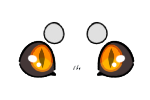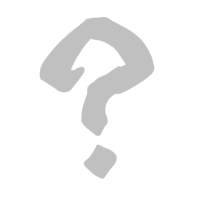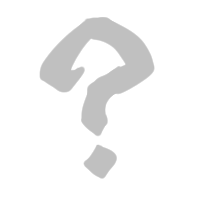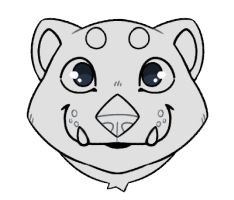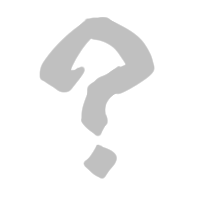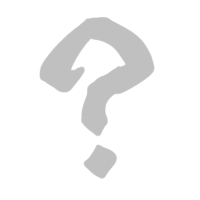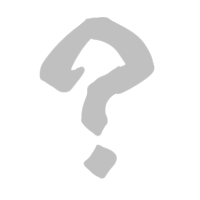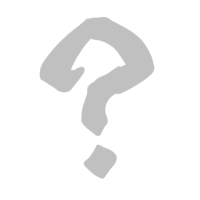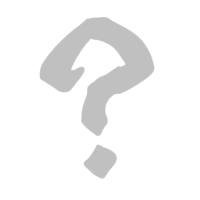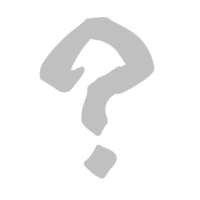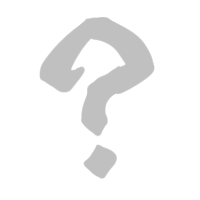Traits
Shaped Pupils (Uncommon)
Shaped Pupils are any pupil shape outside of the usual round or vertical slit.
How to apply this trait:
- Pupils can be any shape you can imagine, such as horizontal, heart, star, or w-shaped.
- Sclera must be present and white/off-white, unless you also add colored sclera.
- Iris and/or pupil must be present and can be any color (including gradients/rainbow).
- Both eyes must match, unless you also add mismatched eyes + another eye trait.
Colored Sclera (Uncommon)
The sclera of the eyes has taken on a color other than white/off-white.
How to apply this trait:
- Sclera must be present and can be any color.
- Both eyes must match, unless you also add mismatched eyes + another eye trait.
Folded Ears (Uncommon)
This trait features ears that are folded or floppy.
How to apply this trait:
- The folded or floppy nature can be applied to either one or both of the ottagi's ears.
- The ears should still be proportional to the head, not excessively large or small.
- This trait is used in combination with an ottagi's base ear shape (like rounded or pointy).
Mane (Uncommon)
Mane allows you to add hair to your Ottagi’s head or face.
How to apply this trait:
- Hair can be any color or style you can imagine!
- This trait covers hair of any length, but it should not be so long that it endangers or bothers the ottagi!
- Stylized tufts of fur on the head are free to add to any ottagi and do not require this trait.
Tusks (Uncommon)
Tusks are prominent canines that protrude visibly from the mouth.
How to apply this trait:
- This trait can be applied to the upper canines, lower canines, or both sets.
- Tusks can be on a single tooth or in asymmetrical placements, such as one upper and one lower tusk.
- They may curve slightly in various directions, but should not be so exaggerated as to cause harm to the ottagi!
Accent Fluff (Uncommon)
Accent fluff covers various extra little fluff additions that are not long enough to be considered long coat.
How to apply this trait:
- You can apply fluff to a single area or multiple areas with a single trait.
- Fluff can be applied to any of the following areas: the collar, a mohawk along the spine/tail, fetlocks on the ankles/arms, a tuft at the tip of the tail, or tufts/tassels on the ears.
Long Claws (Uncommon)
Non-retractable and noticeably longer than an ottagi's standard claws, similar to those of a badger or sloth.
How to apply this trait:
- This trait applies to all claws on both the hands and feet.
- The claws should be long but remain proportional to the ottagi's paws, not so exaggerated that they become impractical or dangerous for the ottagi!
- They can be depicted with a slight curve or straight point.
Long Tail (Uncommon)
A long, thick tail that can be much longer than the ottagi’s body.
How to apply this trait:
- This tail should be noticeably longer than a standard tail and can be up to 150% of the body's length.
- The tail's shape should be thick at the base and gradually taper to a point, unless combined with another tail type.
Bushy Tail (Uncommon)
A fluffy tail, much like a fox or raccoon.
How to apply this trait:
- The tail should have a significant amount of fluff, appearing thick and full.
- The tail should be between 75% and 100% the length of the ottagi's body, unless combined with long tail.
Paddle tail (Uncommon)
A flatter, wider tail akin to a manatee or platypus.
How to apply this trait:
- The tail should be wide and flattened, designed for powerful propulsion through the water.
- The tail should be between 75% and 100% the length of the ottagi's body, unless combined with long tail.
Heart Nose (Uncommon)
A cute nosepad in the shape of a heart.
How to apply this trait:
- The nosepad should be clearly heart-shaped.
- The nose should be prominent and proportional to the ottagi's face.
Thick Tail (Uncommon)
A thicker tail with a fatty deposit around the midsection, akin to the tail of a leopard gecko.
How to apply this trait:
- The tail should be noticeably thicker and more robust than a standard tail.
- The tail should be between 75% and 100% the length of the ottagi's body, unless combined with long tail.


